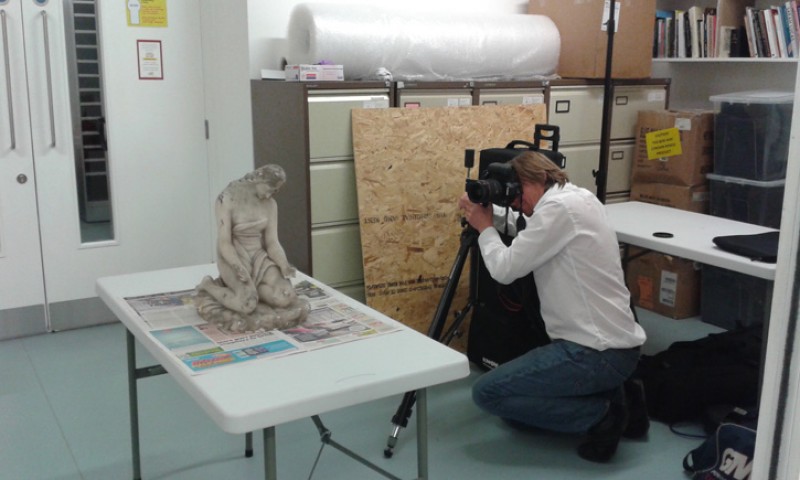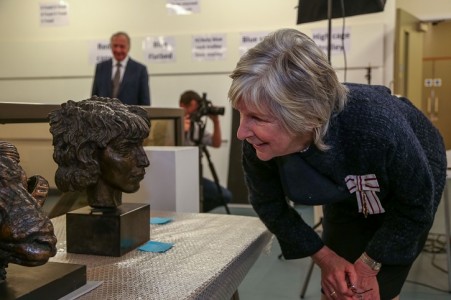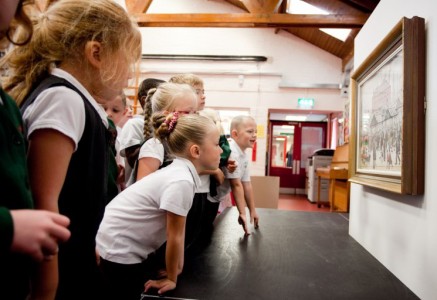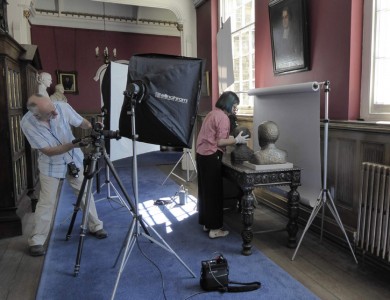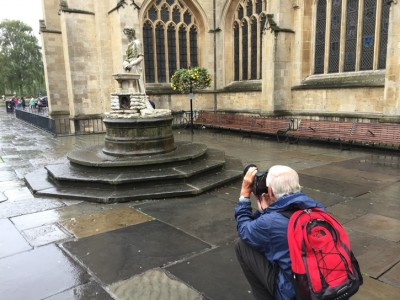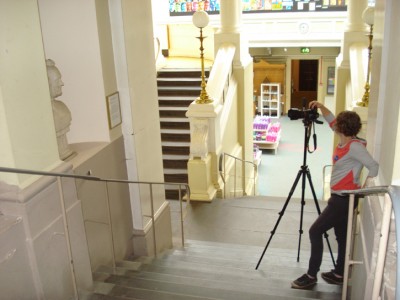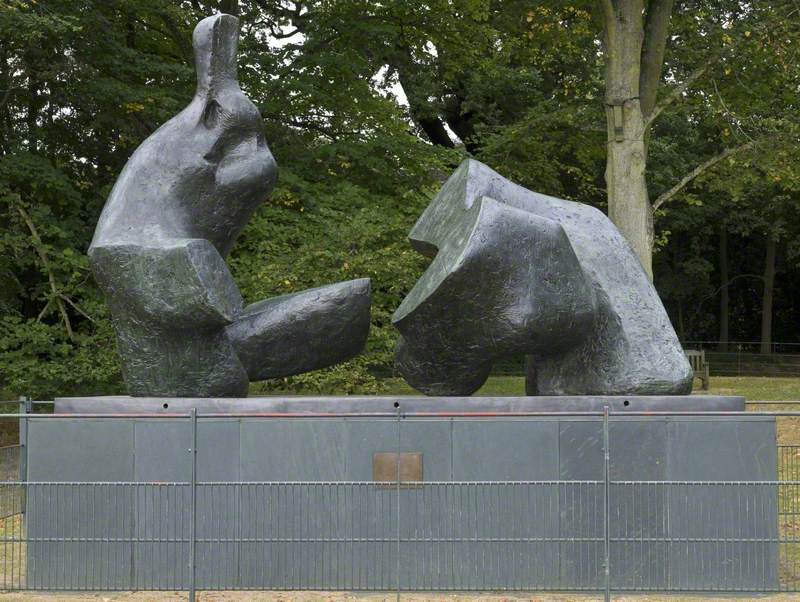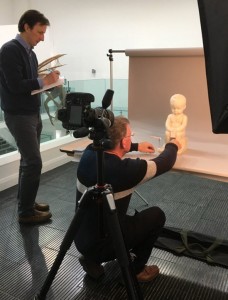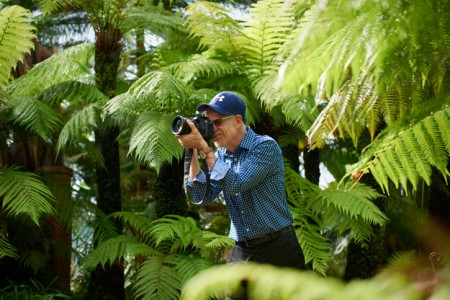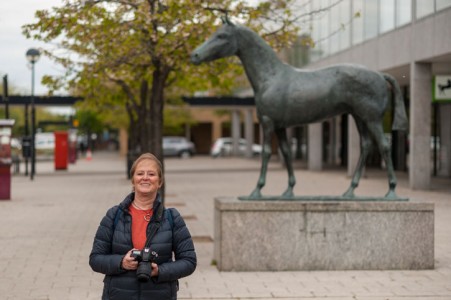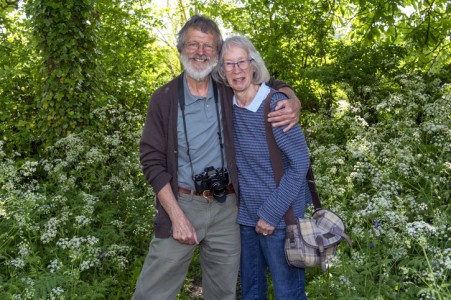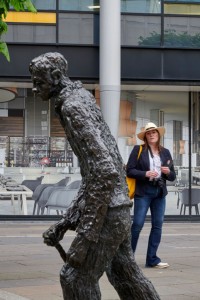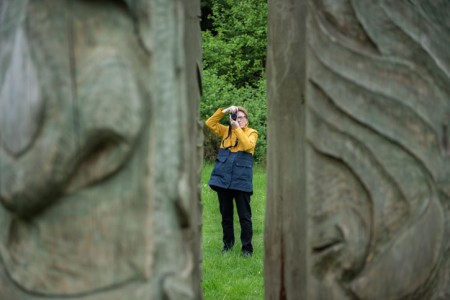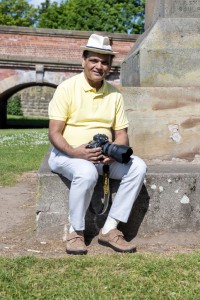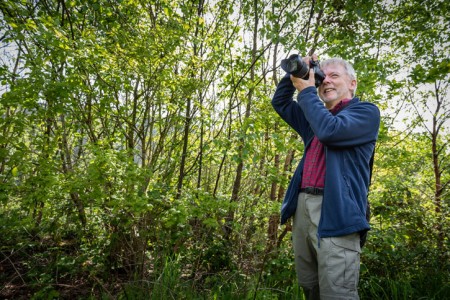An important part of our sculpture project's development phase is to test out how we can produce consistently high-quality images of sculpture in varied locations and situations across the UK. During the project delivery phase (subject to a successful second-round application to the Heritage Lottery Fund), we will be employing multiple professional photographers, who between them will photograph an estimated 85,000 sculptures in 2,800 participating public collections.
We need to be able to work in lots of different places and settings, so it’s important to test out now how that might work. Some sculptures will be on public display, but we estimate that around 80% of works will be in storage. Many sculptures will not be able to be moved and will be photographed in situ, but some might be suitable to move into a temporary studio set up in a store, office or corner of a gallery.
We will be doing pilot photography sessions during the Development Phase – the first at York Art Gallery, then in late August 2015 at Paisley Museum & Art Galleries. Both institutions have kindly given up some of their time to let us practise on their collections.
We spent three days at York Art Gallery this week in what turned out to be a very busy time for their staff! The art gallery has been closed for refurbishment for some time and reopens on 1 August 2015 after £8m of improvements, including new galleries and the creation of the Centre of Ceramic Art (CoCA). The staff let us work around them, with us photographing the sculptures on display as they attended to their finishing touches in the galleries.
CoCA houses the most representative public collection of British studio ceramics in the UK and this fact brought the first dilemma – when is an artwork a sculpture and when is it studio pottery? A number of the pieces in their collection could fall into both categories, so while we were there we decided to photograph some of the more ‘sculptural’ studio pottery works, for further consideration. This included a ceramic figure by Grayson Perry (below) and a figure of Madonna and Child by Philip Eglin. We need to give some more thought to how we define sculpture and how we communicate our remit to the collections, so I’ll be bringing this up with the Sculpture Steering Panel at our next meeting.
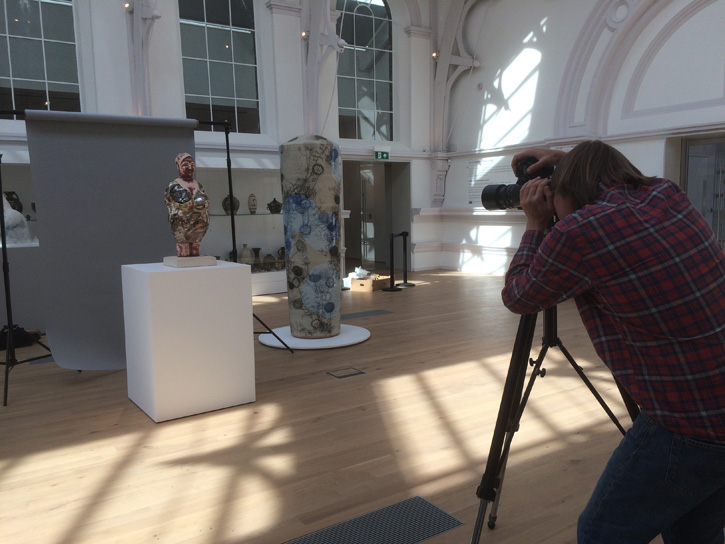
Our photographer Colin White was keen to test the photography of sculpture of different sizes, shapes and surfaces in a variety of different locations around the building. Colin had a plan for using the minimum amount of equipment during the shoot, to ensure that the methodology is easily transferable to other photographers across the UK. Using one light, a roll of paper on a stand for the background and large pieces of card, he was able to adapt his equipment for all of the locations in which the sculpture was displayed.
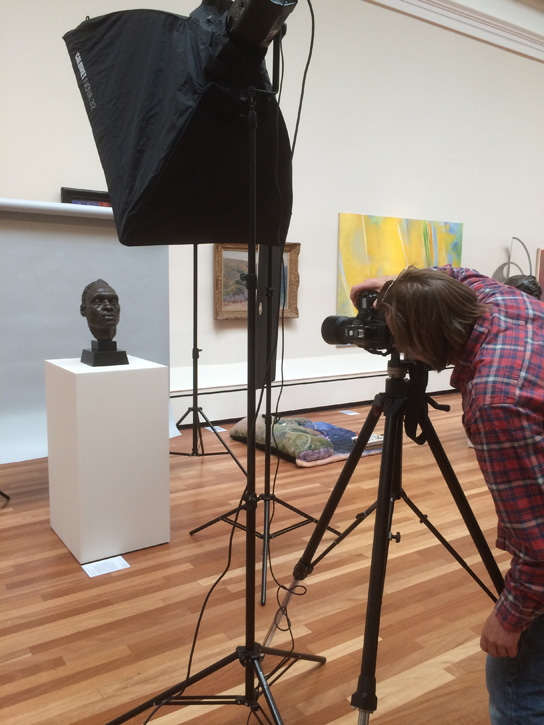
Coordinator Alison Mitchelson and I gave Colin a hand whenever he needed us, such as holding a piece of card to prevent glare on shiny sculptures and holding the colour card next to each work.

Alison and I also looked at how the Coordinators might record the sculptures during the delivery phase digitisation and tested a checklist we had devised in advance.
One set of sculptures are displayed high up on the wall over the staircase, so in this case Colin was only able to take one shot of each work.
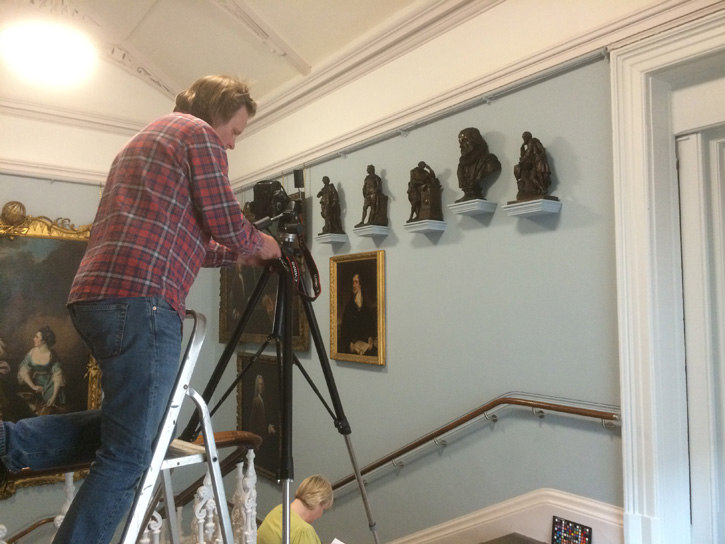
Works in display cases, which created a lot of reflection, were photographed with the camera poking through a black piece of card and with a black roll of paper behind the camera. This prevented the camera equipment, the photographer and the gallery being reflected in the photograph.
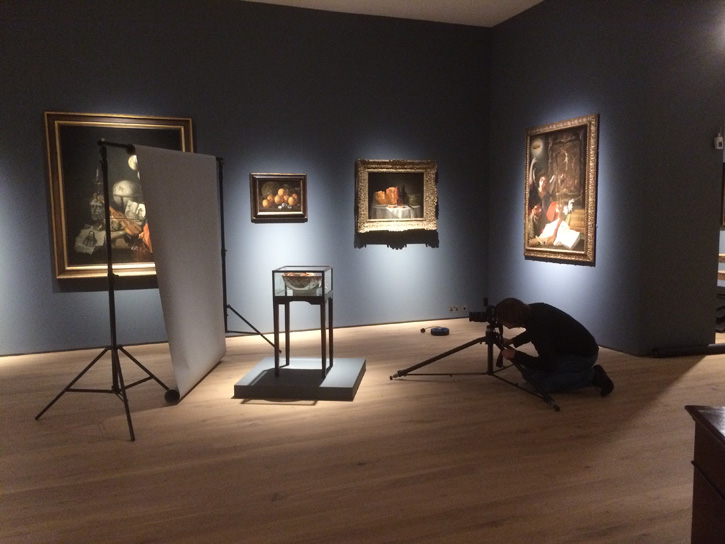
After completing photography in the galleries, we moved into the art store, where we set up a temporary studio area. The same photographic equipment was used in the studio setting, but instead of taking the camera to the sculptures, the sculptures were brought in one at a time and put on the table.

On the last day, Colin tested out taking multiple images of a sculpture for photogrammetry (below), to create a 3D image of the work. We look forward to seeing the results.
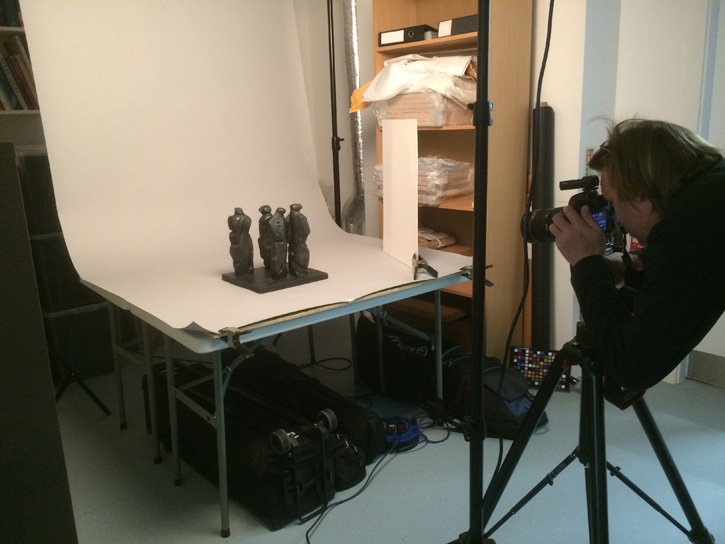
Thanks again to all the staff at York Art Gallery, especially Martin Fell and Graham Thorne, for accommodating us at such a busy time. The galleries look amazing and I would urge you to visit!
